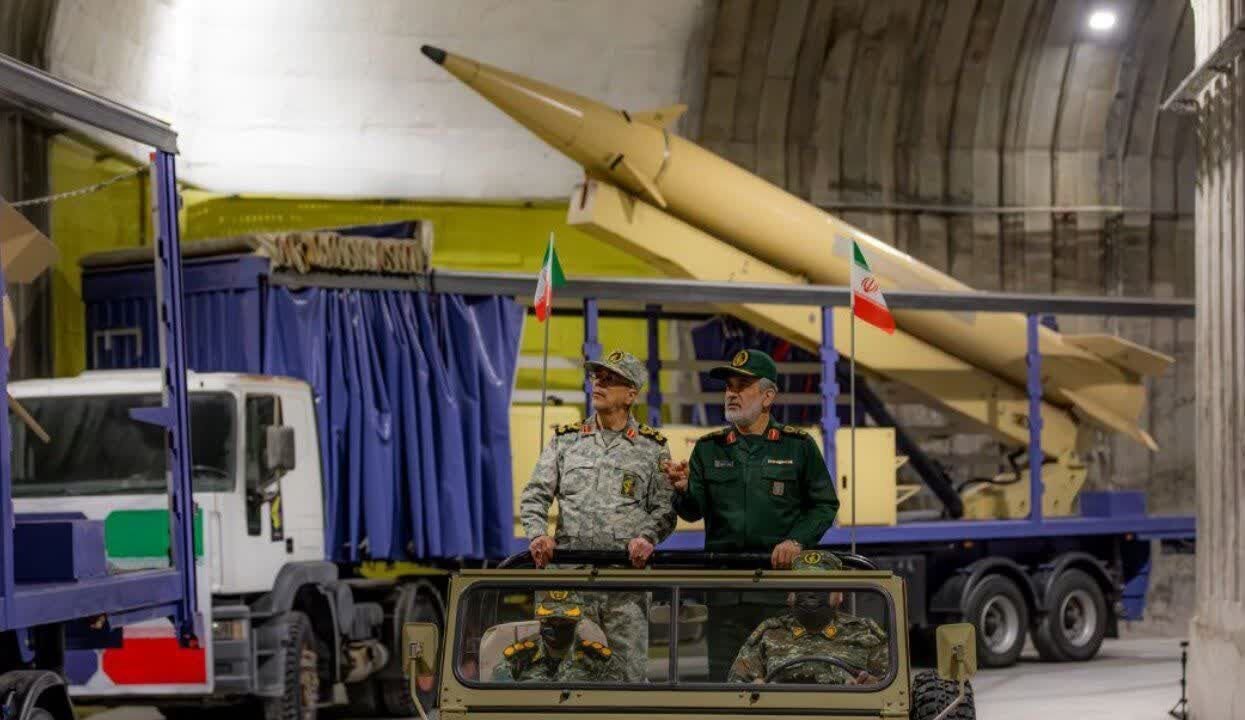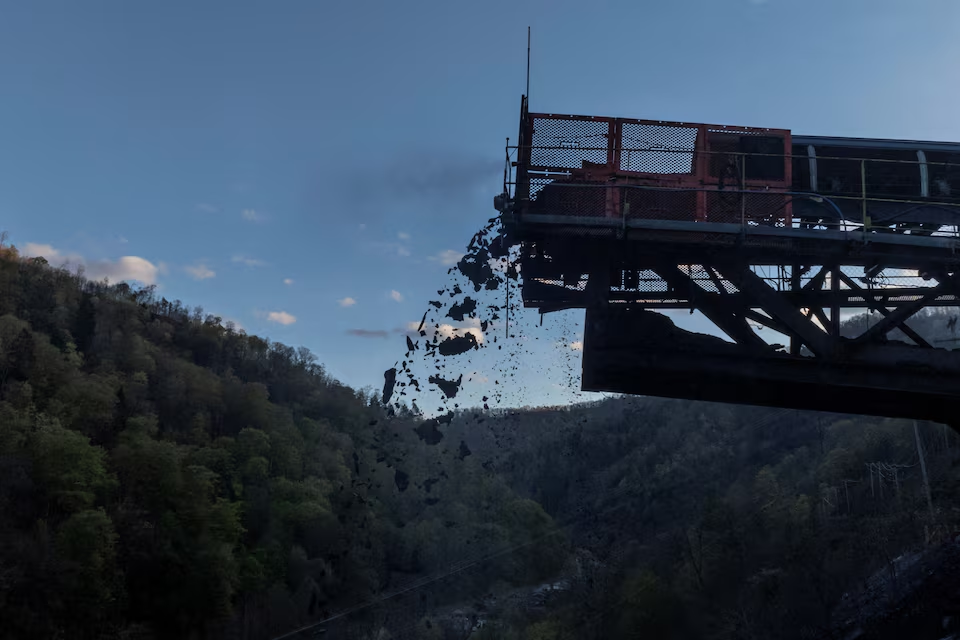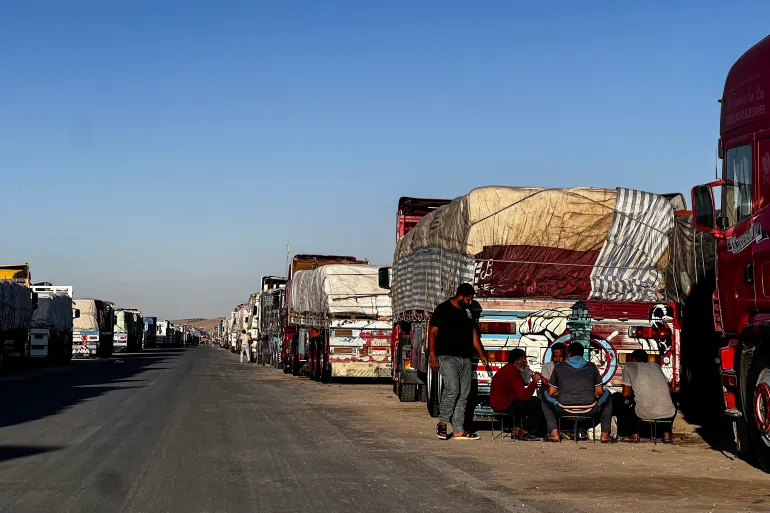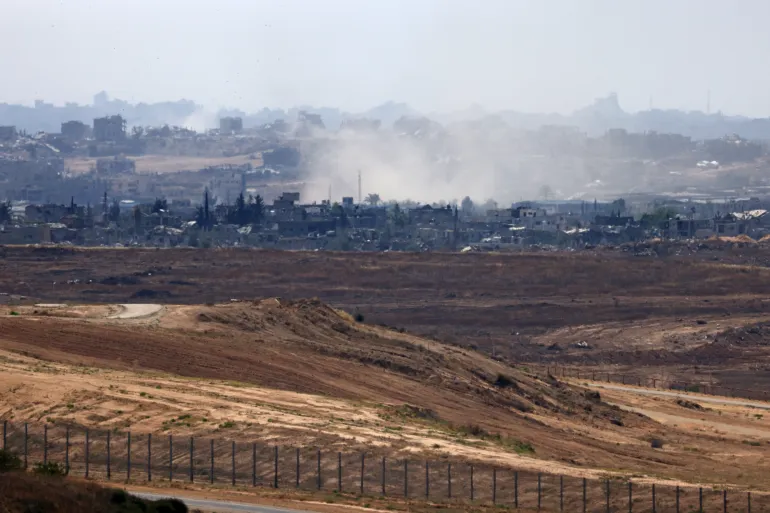Iran’s Islamic Revolutionary Guard Corps (IRGC) has unveiled one of its largest underground missile complexes, highlighting the country’s expanding military infrastructure and its continued emphasis on missile deterrence. The new site, referred to as a “missile city,” was revealed during a visit by top IRGC commanders and reported by Iranian state-affiliated media.
Described as a heavily fortified and technologically advanced facility, the complex reportedly houses a large stockpile of surface-to-surface ballistic missiles and advanced air defense systems. The underground site is equipped with what the IRGC claims are rapid launch capabilities, allowing for swift missile deployment in the event of conflict.
Brigadier General Amir Ali Hajizadeh, commander of the IRGC Aerospace Force, led the inspection and emphasized Iran’s readiness to respond to external threats. “This underground missile city is a small part of our extensive defensive capability,” Hajizadeh said, according to Tehran Times. “Our missiles are deployed across various secret locations to counter any aggression against the Islamic Republic.”
Iran has long developed and maintained a network of subterranean missile facilities, often located in strategic and mountainous regions. These bases are designed to provide both concealment from enemy surveillance and survivability against air and missile strikes. Iranian officials argue that such capabilities are vital to national defense, particularly in light of threats from the United States and Israel.
The unveiling of the site comes amid heightened regional tensions, including ongoing Israeli airstrikes in Syria, U.S. naval movements in the Persian Gulf, and stalled nuclear negotiations. Iran’s latest show of force is seen by observers as both a strategic message to adversaries and a display of domestic military advancement.
The new missile city, while not publicly geolocated, is part of a broader IRGC program to expand Iran’s asymmetric warfare tools, including long-range precision missiles, drones, and mobile launch systems. Iranian officials assert that these weapons are purely defensive, though Western powers have often accused Tehran of destabilizing the region through arms proliferation and support for proxy forces.
Video footage and photos released by Iranian media show rows of missiles, launch rails, and control systems deep within a tunnel complex, accompanied by slogans declaring Iran’s resolve and readiness. The IRGC did not disclose the specific types of missiles housed at the site but referenced capabilities to target regional military bases and naval fleets.
In response to the announcement, analysts warned that such military disclosures could fuel further escalation in the region. The United States and European Union have previously imposed sanctions on Iran’s missile program, citing violations of United Nations Security Council resolutions.
Iran maintains that its missile arsenal is non-negotiable and separate from nuclear talks, a stance that has complicated efforts to revive the 2015 Joint Comprehensive Plan of Action (JCPOA). As diplomatic paths remain uncertain, Tehran appears determined to bolster its strategic posture.
While the unveiling drew domestic praise and nationalist coverage in Iranian media, foreign governments are expected to monitor the development closely for signs of any shifts in operational readiness or offensive intent.
The new IRGC missile base serves as a reminder of Iran’s deepening reliance on underground infrastructure and ballistic deterrence as central pillars of its defense strategy — a signal that any confrontation involving the Islamic Republic would face formidable resistance below ground as well as above.
Source; Tehran Times



